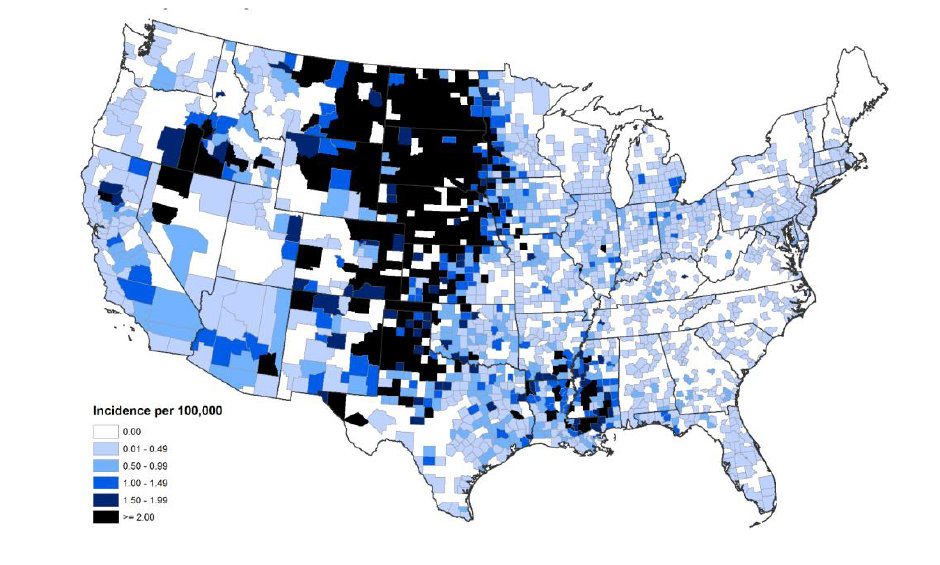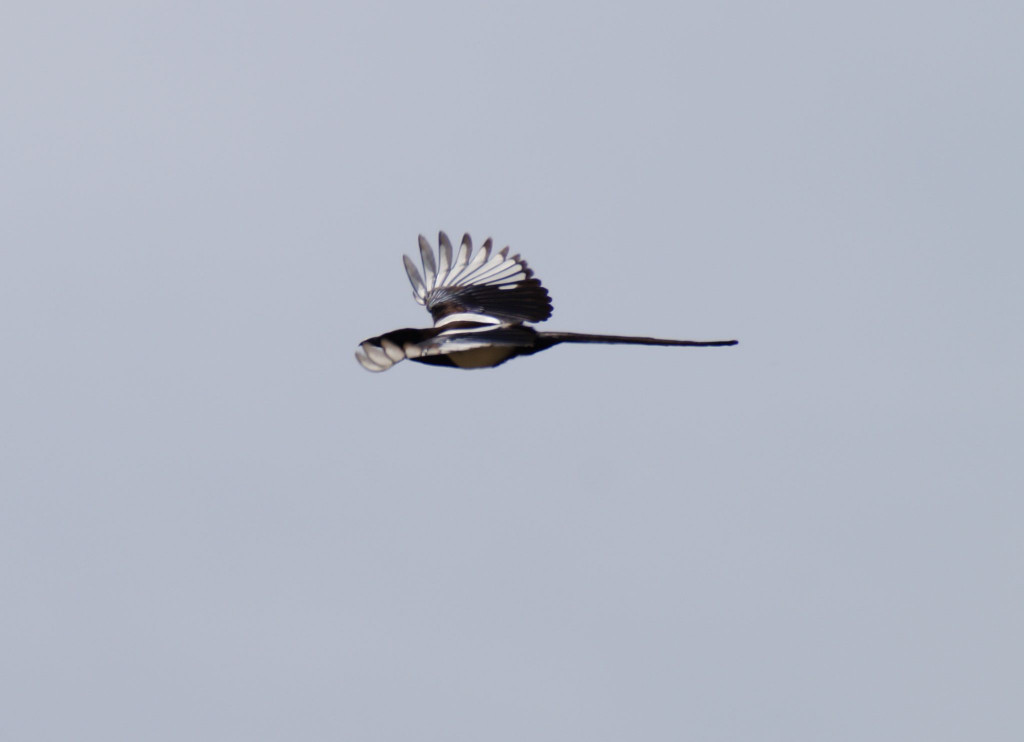Many birders and birdwatchers in western and central Nebraska have noticed the unfortunate absence in recent years of a distinctive, entertaining and familiar bird species, the Black-billed Magpie. Magpies standout among birds with their striking black and white plumage. Their blackish wings and long tail show greenish iridescence in appropriate lighting. Magpies often make their presence known in an area with their “ka ka ka“ call before they are seen. Not long ago in the late 1990s, Black-billed Magpies were found over most of the state with the exception of the extreme east and southeast. Black-billed Magpies occurred as far east as western Lancaster and Saunders County during this time.

Since about 2000, Black-billed Magpies have declined sharply. They are no longer found in Lancaster, Saunders and many other counties in eastern and central Nebraska. Even in strongholds in western Nebraska where the species was formerly common it can now difficult to find at times. Data from both the Breeding Bird Survey(BBS) and Christmas Bird Counts (CBC) illustrate the decline. First is a graphic showing BBS abundance in Nebraska. The graphic shows a long-term decline since 1966.

CBC data are perhaps a bit more useful. The graphic below shows the number of Black-billed Magpies detected per party hour for each individual CBC in which this species has been detected regularly. Trend lines were generated using locally weighted scatterplot (LOESS) smoothing. The number of Black-billed Magpies recorded per party hour has declined since 1985, but especially since 2000, at all of the CBCs shown. This include the Scottsbluff (pink line and points), Crawford CBCs (green line and points) and Lake McConaughy (orange line and points) in western Nebraska, which are areas where you would expect to see some of the highest numbers of magpies in Nebraska. All the trend lines converge to near zero magpies per party hour between 2010 and 2015.

So what is going on? Why have magpies declined so sharply in Nebraska? Declines in Nebraska coincide with the arrival of West Nile Virus to Nebraska and the Great Plains. Now, after years of research and monitoring, it is well known that corvids (crows, jays, magpies) are susceptible to West Nile Virus and the novel disease is especially lethal to magpies. But, is this virus the only cause of the magpie’s decline? In other areas of the United States, such as northern Minnesota and the Intermountain West, magpies are doing fine and are even increasing in some areas. Hasn’t West Nile Virus spread across most of North America? Thus, shouldn’t we be seeing a decline in magpies throughout their range?
These are really good questions. After doing some digging, I believe the explanation can be found in the following graphic.

This graphic shows West Nile Virus incidence in humans. The darkest shaded area in the graphic above shows areas with the highest rates of human incidence of West Nile Virus. This area approximately corresponds to the area where Black-billed Magpies have experienced the greatest declines. The pattern of heterogeneous West Nile Virus incidence in the United States appears to be associated with variations in temperature and precipitation that affect breeding habitats of Culex species of mosquitos, which transmit the virus. Conceivably, the variables that influence West Nile Virus’s incidence in humans also affects Black-billed Mapgies. Unfortunately, for most magpies incidence equals death.

The future of Black-billed Magpies in Nebraska is uncertain. It is possible that, over time, mapgies could develop resistance to West Nile Virus. This could lead to an increase in numbers and possibly a re-occupation of their former range. However, if current trends continue, it is conceivably the species could be found only in far western areas of the state or extirpated from Nebraska altogether. The latter scenario would be very unfortunate.
For more information about the status of the Black-billed Magpie in Nebraska, check out this report appropriately titled “Status review of the Black-billed Magpie in Nebraska”
Good birding!
The post The disappearing magpie appeared first on NEBRASKALand Magazine.















